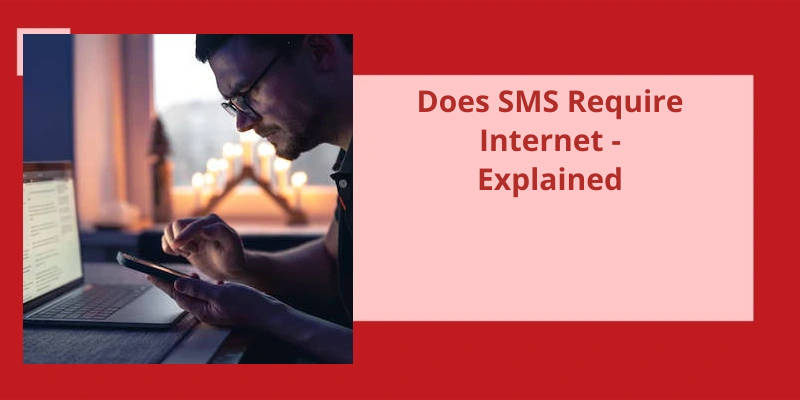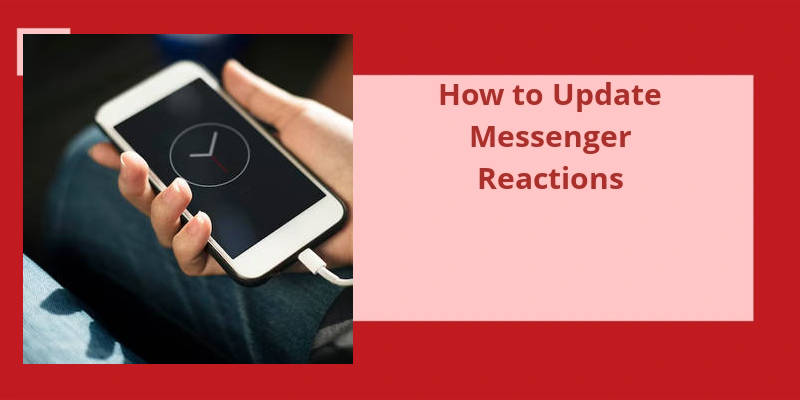However, it’s important to note that the use of SMS and MMS can vary depending on the network and device being used. While SMS messages can be sent and received without an internet connection, some smartphone devices and messaging apps may utilize internet-based messaging services, such as Apple's iMessage or WhatsApp, which can send messages over Wi-Fi or mobile data. Additionally, certain messaging features, such as message syncing across devices or sending messages to international numbers, may also require an internet connection.
Does SMS Use Wi-Fi or Cellular?
When it comes to sending SMS, it’s important to understand the technology behind it. SMS, or Short Message Service, is a communication protocol used for text messaging on mobile devices. Unlike messaging apps like WhatsApp or Facebook Messenger, SMS doesn’t rely on Wi-Fi for transmission. Instead, it uses the existing cellular network infrastructure.
Your service provider plays a crucial role in connecting your SMS to the relevant mobile network carrier. When you send a text message, your service provider routes it through the cellular network to reach the recipients device. This means that even if you’re connected to Wi-Fi, your SMS will still be sent over a cellular network.
This data usage is minimal and is typically included in your mobile plan.
Your message will be delivered to the recipients device regardless of whether they’ve a Wi-Fi connection or not.
How Can I Get Text Messages Without Signal?
Rier to see if they offer Wi-Fi calling and if your device is compatible. Another option is to use a messaging app that allows for offline messaging. These apps use a mesh network to send messages directly between devices, bypassing the need for cellular signal or internet connection. This can be useful in areas with limited or no signal.
Some messaging apps also offer the ability to send SMS messages using a Wi-Fi connection. This means that even if you don’t have cellular signal, as long as you’ve a Wi-Fi connection, you can still send and receive text messages. This can be especially useful when traveling abroad or in areas with weak cellular signal.
Additionally, some carriers offer a feature called “SMS over IMS” (IP Multimedia Subsystem) which allows for the delivery of SMS messages over a data connection, rather than relying on cellular signal.
In some cases, you may also be able to receive text messages without signal by using a third-party service or app. These services typically work by forwarding your text messages to another device or email address, where you can access them through an internet connection. However, it’s important to note that these services may not be available or supported by all carriers.
Whether it’s through Wi-Fi calling, offline messaging apps, or SMS over IMS, staying connected through text messages is possible even in areas with limited or no signal.
By enabling Airplane Mode, you can ensure that not only will your phone avoid using data while abroad, but it will also disable phone calls and SMS messaging, effectively preventing any roaming costs or charges.
Will I Still Get Texts if I Turn Off Data Roaming?
If youre concerned about incurring hefty charges while traveling abroad, it’s essential to understand the impact of disabling data roaming and cellular data on SMS messaging. Although turning off these features will prevent your phone from using data, it doesn’t necessarily mean that your SMS messaging will be affected. In other words, you can still receive texts even if youve turned off data roaming.
To ensure that you don’t incur any unexpected charges while traveling, it’s advisable to set your phone to airplane mode. Airplane mode disables all wireless communication, including cellular data, voice calls, and SMS messaging. By activating airplane mode, you essentially disconnect your phone from all networks, including the GSM network. This guarantees that you won’t receive any incoming messages or phone calls, eliminating the potential for any surprise charges.
Alternatives to Using SMS Messaging While Traveling Abroad
- Use instant messaging apps like WhatsApp, Facebook Messenger, or WeChat to send messages over Wi-Fi or data.
- Make phone calls using Voice over Internet Protocol (VoIP) services like Skype, Google Voice, or FaceTime.
- Use email or web-based messaging services like Gmail, Outlook, or Yahoo Mail to communicate with others.
- Utilize social media platforms such as Facebook, Twitter, or Instagram to share updates and messages.
- Consider using a local SIM card or purchasing a temporary international plan from your mobile network provider.
- Use mobile messaging apps specifically designed for international travelers, like Viber, Line, or Telegram.
- Explore offline messaging apps that work without an internet connection, such as Bridgefy or FireChat.
- Send messages through Wi-Fi-based messaging services available at hotels, cafes, or other public places.
- Use mobile data services offered by local telecommunication companies at reasonable rates.
- Utilize voice messaging features available on messaging apps as an alternative to traditional SMS.
Conclusion
In conclusion, SMS messaging doesn’t require an internet connection and remains a reliable and cost-effective method of communication. As explained, SMS is a text-based format that can be sent and received without the need for data connectivity. On the other hand, MMS messages do rely on an internet or data connection to transmit media files such as photos or videos, making them slightly more expensive in terms of data usage.






